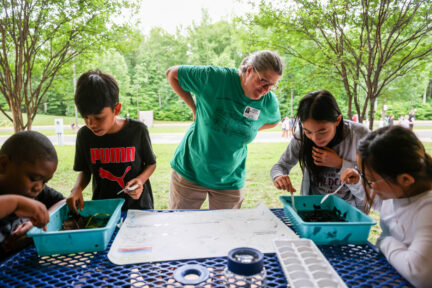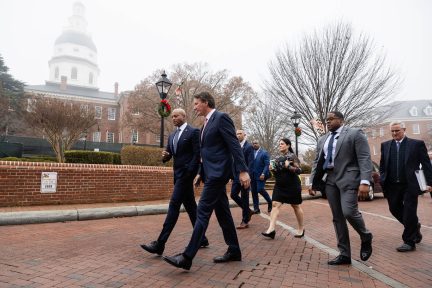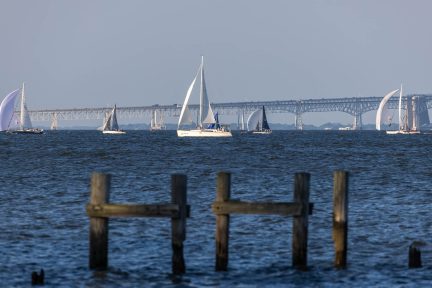Local, state and federal agencies open 22 public access sites in Chesapeake Bay region
The Chesapeake Bay Program is pleased to announce that in 2015, our partners opened 22 boat ramps, fishing piers and other sites that grant public access to creeks, streams and rivers in the region.



